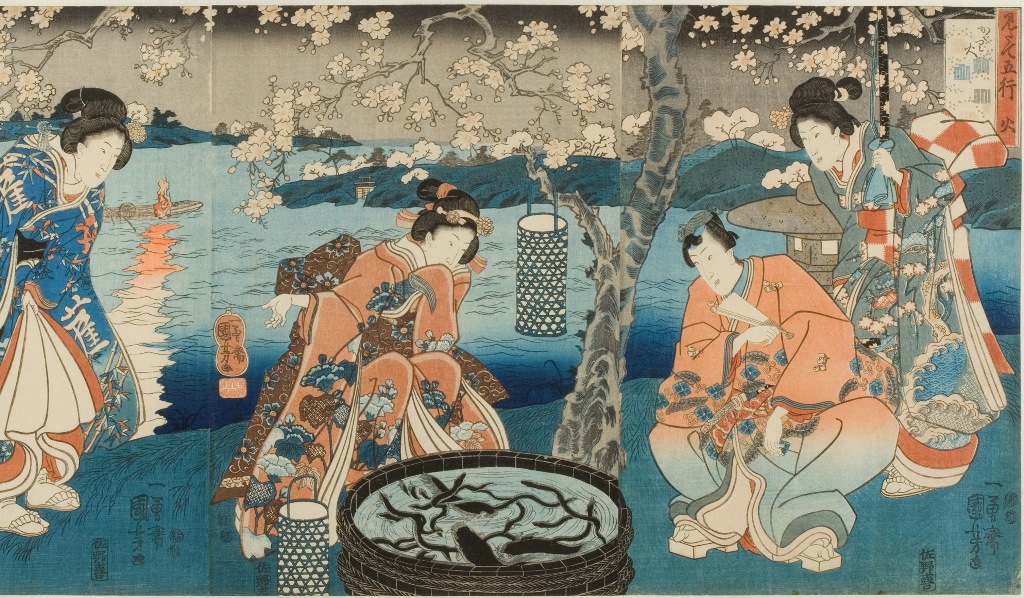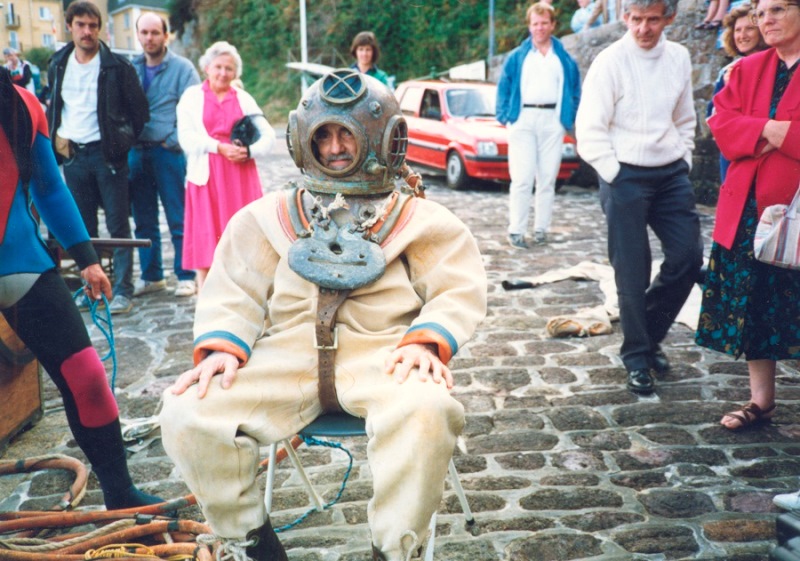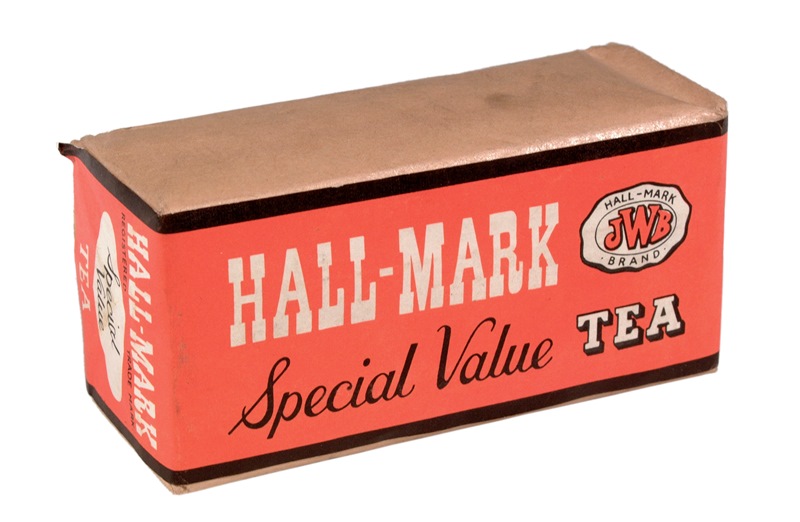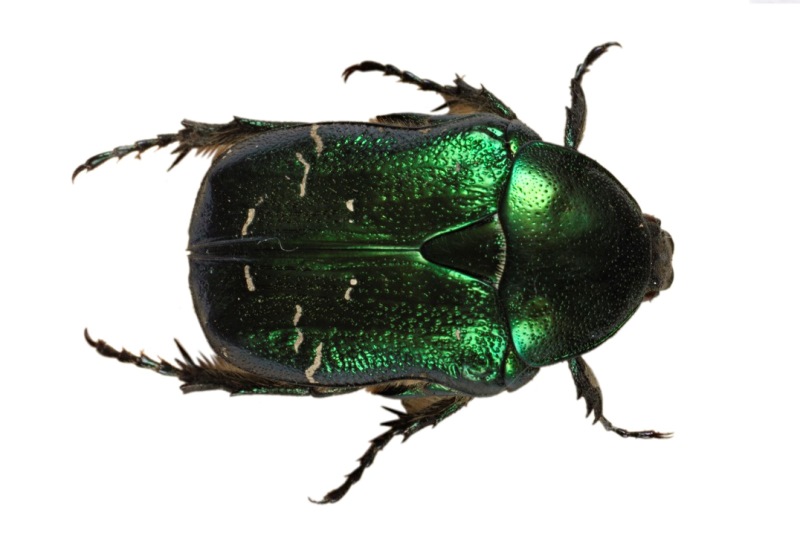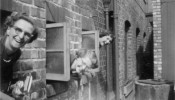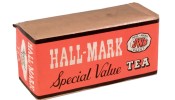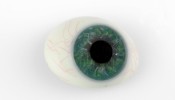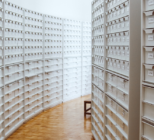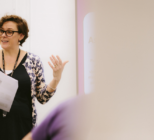Metal armour from the 1600s, old family photographs and African beaded jewellery are just some of the objects that can be uncovered using a new online discovery engine developed by Tyne & Wear Archives & Museums working in partnership with Microsoft Research and Newcastle University Open Lab and Collections Trust.
This new way of exploring more than 32,000 museum objects from collections across the North East allows people to get lost in a labyrinth of artworks, museum objects and photographs. The system is designed to open up the collections for audiences without specialist knowledge of museum collections, allowing people to stumble across some of the weird and wonderful items housed in the North East’s museums and galleries. These include the collections of the Laing Art Gallery, Great North Museum, Discovery Museum, Hatton Gallery, Shipley Art Gallery, Segedunum Roman Fort, Stephenson Railway Museum, Arbeia Roman Fort, and South Shields Museum & Art Gallery.
“The challenges museums face when sharing their collections online is in audiences knowing where to look. We’ve created a responsive system which presents people with intriguing images from our collections based on their individual interests,” said John Coburn, Digital Programmes Manager at Tyne & Wear Archives & Museums. “It allows them to stumble across artefacts they would never have discovered otherwise. So you could find yourself looking at a 19th century Pre-Raphaelite painting from the Laing Art Gallery, or find yourself being stared back at by a glass eye from Discovery Museum’s collection. The experience will be different for every person.”
The discovery engine is intelligent enough to use a person’s behaviours – how fast they scroll the mouse, which items they click on – to decide what they might enjoy seeing. It then offers up an array of images from the 32,000 available.
“This project pushes the boundaries of where people can use and experience the treasures to be found in Museums. It does so with some really novel approaches to search and interface design,” said Professor Richard Harper, Principal Researcher, Microsoft Research Cambridge.
The discovery engine works alongside Tyne & Wear Archives & Museums’ more traditional online collections search, offering people an alternative way of discovering and being inspired by artworks and objects.
The project has been supported by the Digital R&D Fund for the Arts – Nesta, Arts & Humanities Research Council and public funding by the National Lottery through Arts Council England. To enter the labyrinth click here.

